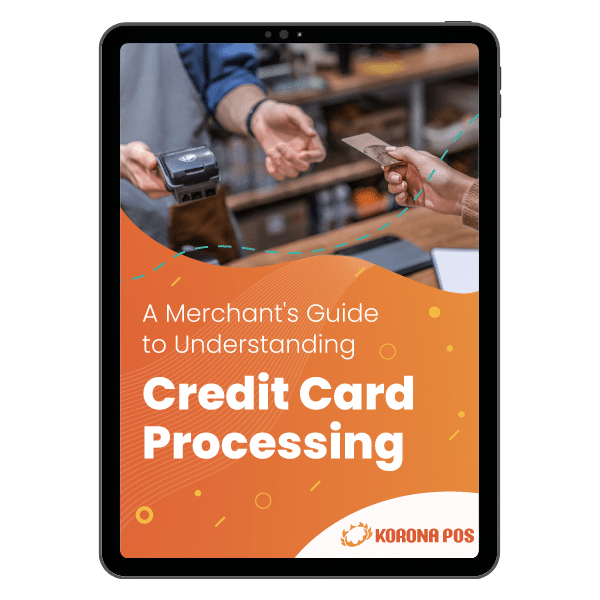The world of payments is a constantly evolving one, especially with the onset of eCommerce buying and selling. Though able to enjoy added simplicity in a lot of regards, merchants now face more choices than ever before in how they process their payments and receive money from the customer’s account to theirs.
PayFacs are an increasingly popular option for many merchants. Though PayFacs originally were geared more toward online retailers, brick-and-mortar businesses have begun to use them more commonly. This post will explain PayFacs so that you can decide whether or not they’re the right fit for your business.
What Is a PayFac?
Shortened from payment facilitator, a PayFac is another type of merchant service provider or credit card processor. PayFacs allows retailers to accept electronic payments both online and in person.
They differ from traditional merchant and processor relationships because they don’t require the set up of a merchant account with a third-party payment provider. Instead, they allow merchants to be able to accept payments from customers within just hours of signing up.

How Do PayFacs Work?
PayFacs run a large master account (MID) that is granted to them by an acquiring bank. This allows the merchant to apply for sub-account under this MID and it keeps the onboarding of new merchants much faster than opening a traditional merchant account. The PayFac will still vet a merchant application, checking for a couple of key data points, but will typically be able to approve or deny the merchant in a matter of hours.
Payment processors
giving you trouble?
We won’t. KORONA POS is not a payment processor. That means we’ll always find the best payment provider for your business’s needs.
How Do PayFacs Differ From Traditional Processing Models?
PayFacs eliminate the need for a merchant to open their own individual merchant account with a payment processor. In the past, a business would have to partner with an independent sales organization (ISO) in order to accept electronic payments. The merchant usually relied on the ISO to ensure that all payments were being made securely and were following all industry regulations and compliance. The onboarding process in these cases can take weeks.
Instead, PayFacs keep the process more straightforward. There are just three parties involved – the PayFac, the merchant (known as the sub-merchant to the PayFac), and the acquirer (the shopper’s bank).
What Are Some Benefits of a PayFac?
Overall, PayFacs were brought about to serve the growing online marketplaces of independent sellers, like Amazon and eBay. These platforms make it just as easy to sell as they make it to buy, so sellers needed a faster onboarding process to begin facilitating payments. This is the primary benefit that PayFacs provide the retail industry.
There are a few additional benefits of PayFacs. Merchants:
- Have to worry about fewer regulations
- Can grow an additional revenue source by earning a portion of the payment fees
- Worry less about absorbing risk from fraud or non-compliance
- Can easily monitor account activity
- Enable better fraud and security protection

Are There Cons to Using a PayFac?
The downsides for a retailer using a PayFac are pretty simple, but pretty drastic: fees. PayFac services are always more expensive than traditional processing through your POS system, ISO, or directly with a merchant service provider. So, while PayFacs do bring added convenience to the process of accepting electronic payments, it will cost significantly more.
This is why PayFacs aren’t a great fit for any retailer. Retailers that sell higher volumes of products or sell from a brick-and-mortar or proprietary online store will usually want to go through a more traditional merchant service provider. But smaller sellers who need to accept payments quickly and do so without worrying about some of the items mentioned above can justify paying extra fees.
Can Retailers Lower Their Credit Card Processing Fees?
While processing fees are unavoidable in all cases, there are some ways that retailers can lower their fees. Typically, the best way to lower total fees is to have the freedom to shop around and negotiate for lower rates. PayFacs, of course, do not all for that. Neither do a lot of point of sale software providers. Instead, merchants are locked into more unfavorable rates, often for contractual periods. Check with your current point of sale provider about potentially finding a new processor if you’re unhappy with your current rates.
Another way retailers can lower their fees is by understanding how the fees actually work. The best fee structures are something called interchange plus. This means that the merchant is just paying for the set fees by the card networks (which are completely non-negotiable) and then a (hopefully!) small service fee from the processor for facilitating the transaction.

Learn more about how credit card processing works and save your business money in this free eGuide.
This structure offers transparency and fairness. And within it, retailers can find ways to shave off some of their interchange fees by setting rules for which cards they accept. For instance, high rewards cards,keyed-in transactions, and American Express all come with interchange rates. This is why some businesses refuse to accept these.
PayFacs in Retail
If you’re interested in learning more about how PayFacs, ISOs, or just payment processing in general works, schedule a call with us at KORONA POS. We’ll walk you through your current statement and discuss ways that you can save on your processing fees. As an example of just how much you can save, check out or processing calculator tool! High-volume businesses can often save thousands of dollars each month by switching their processing.












